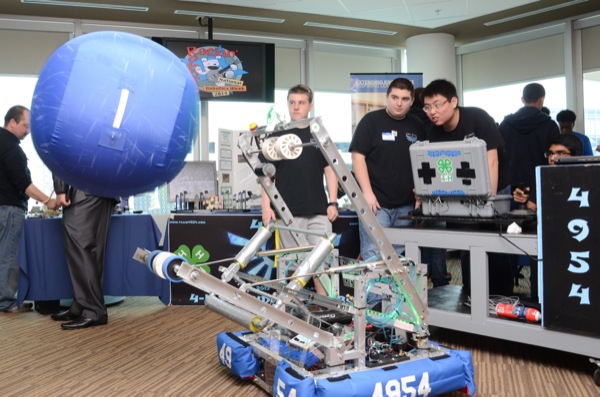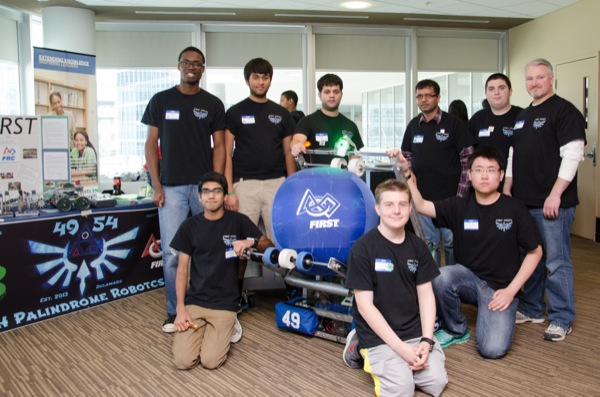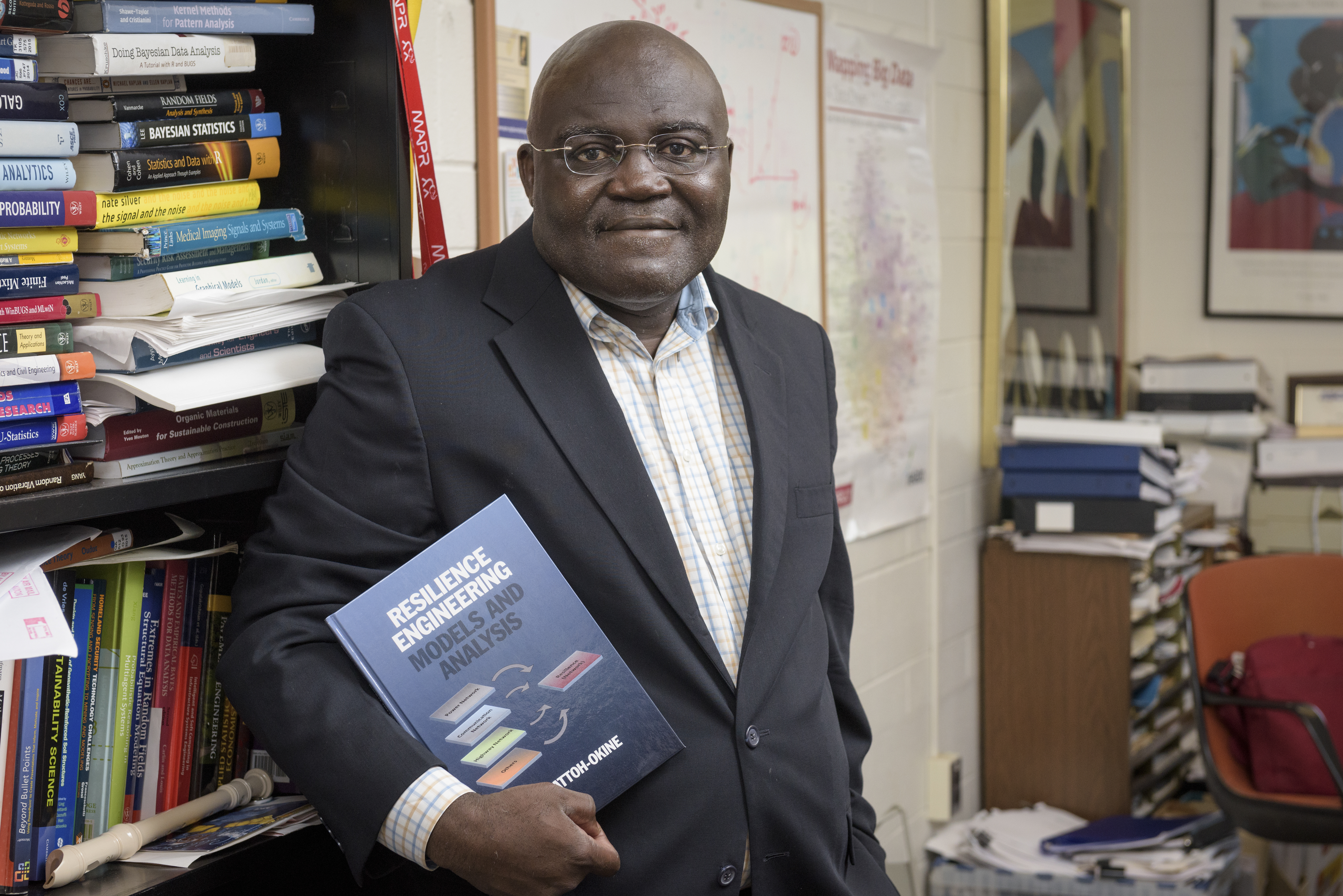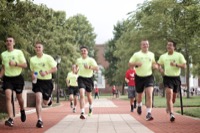Robotic assist
4-H Palindrome Robotics Club impresses in inaugural year
1:54 p.m., July 1, 2014--During its inaugural year, Delaware’s 4-H Palindrome Robotics Club had a strong showing, competing in a regional championship and finishing with a top 40 ranking in the Mid-Atlantic.
Club members competed in three competitions, making it all the way to the Mid-Atlantic For Inspiration and Recognition of Science and Technology (FIRST) Region Championships at Lehigh University in Bethlehem, Pennsylvania.
People Stories
'Resilience Engineering'
Reviresco June run
Palindrome Robotics finished the season ranked 36th out of 110 teams in the region, which is no small feat for a team that started in August 2013.
The club made it to the regional championship by competing in two district events, finishing as a semifinalist at the first district event and as a quarterfinalist in the second event.
At the competitions, the club competed with its robot, named Aibohphobia -- meaning the fear of palindrome -- in a group competition that saw alliances of three teams working together with their robots to compete in a game created by FIRST called “Aerial Assist.”
The game was played by two competing “alliances” of three robots, each of which had to work together to score as many goals as possible in a two minute and 30 second time period. One goal was suspended seven feet high, with two lower goals located on each corner of the field. Teams were awarded 10 points for the high goals and one point for the low goals. Robots were allowed to play the role of goalies in order to keep the balls out of their goals.
There was also a five-foot truss in the middle of the field that teams scored points for getting the ball over, and teams were awarded bonuses if their robots assisted their alliance members in the scoring of goals and moving the ball together through the field’s three zones.
The balls that the alliances had to move were exercise balls approximately two feet in diameter, and one human player stood on the side to load the balls onto their robots.
The first 10 seconds of each match was an “autonomous period” in which the robots operated independently of their drivers and each robot was allowed to begin with a ball and have a chance to score a goal. For the rest of the match, drivers remotely controlled the robots from behind a protective wall, known as an “alliance station.”
Santesh Shah, the mentor for the club, explained that it took the club six weeks to design, build and program the robot.
Shah said that his favorite part of being involved with the program is that he can “teach kids things in the science, technology, engineering and mathematics (STEM) fields and then see them build a robot that can accomplish the task it was built for.”
Club’s formation
The 4-H Palindrome Robotics Club was formed when a group of young people approached Mark Manno, Delaware 4-H program leader, and Mallory Vogl, Cooperative Extension agent, about partnering with 4-H so they could compete in the FIRST Robotics Competition (FRC), which is a high school age competition that requires participants to be associated with a non-profit organization.
“A few of them had participated in another group before but they were trying to start their own group and it just seemed from the beginning like a wonderful partnership,” said Vogl. “We obviously are a non-profit organization and so that worked out for them. For us, 4-H has three national mission mandates, one of them being STEM, and science is our biggest push right now, so any time we have the opportunity to do some different science programs, we are all about that. It just seemed like a match made in heaven.”
The 4-H club has 18 members, and 16 of them attended competitions. The club usually meets once or twice a week, either Tuesday or Thursday, with meeting reminders sent out through email and posted on the club’s website.
Shah said that the club is now actively participating in community events and recruiting for its next season in 2015.
Article by Adam Thomas
Photos by Danielle Quigley












